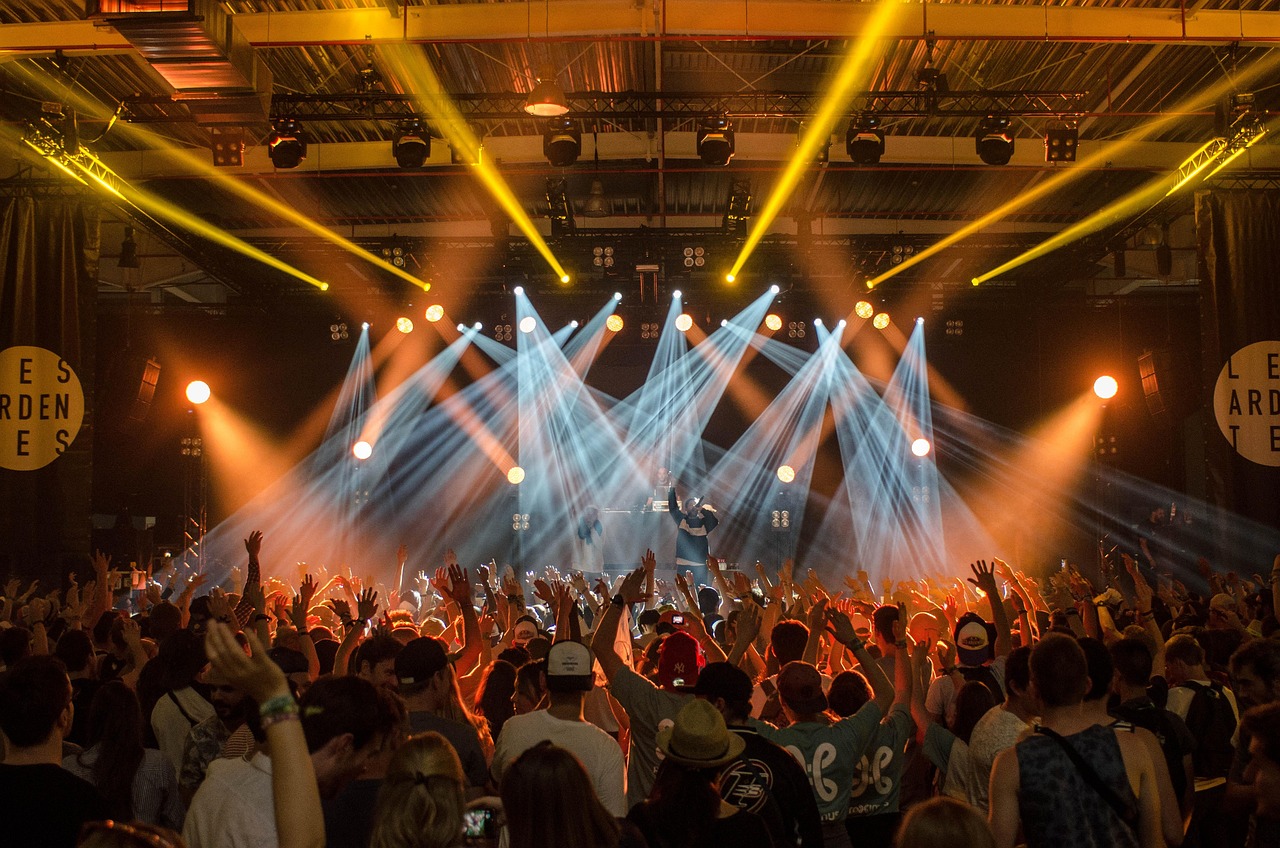From Spotlight to Backlight: The Invisible Craft of Stage Lighting
Stage lighting is an art form often overlooked in the world of theater. Despite its critical role in setting the mood, highlighting the action, and guiding the audience's attention, it remains largely unseen, a silent partner to the more visible elements of a production. This article will explore the historical development of stage lighting, the current trends, and its impact on theater as a whole.

The History of Stage Lighting: A Brief Overview
The art of stage lighting has come a long way since the rudimentary oil lamps of ancient Greek theaters. The advent of gas lighting in the 19th century was a game-changer, allowing for greater control over brightness. Notably, the introduction of electric lighting in the late 19th century revolutionized the industry, giving birth to an array of dramatic lighting effects and techniques that are still in use today.
Light as a Storyteller
Lighting isn’t just about visibility. It’s an integral part of the storytelling process, subtly guiding the narrative. A well-lit stage can enhance the emotional resonance of a scene, highlight critical moments, and even represent the passage of time. The way a production is lit can profoundly affect how the audience perceives and interprets the performance.
The Current Trends: LED and Automated Lighting
The advent of LED and automated lighting systems has transformed the world of stage lighting in recent years. These technologies offer unprecedented control over colour, intensity, and movement, enabling lighting designers to create more complex and dynamic lighting effects than ever before. This trend is set to continue, with innovations in lighting technology continually pushing the boundaries of what is possible on stage.
The Impact: Beyond the Stage
The influence of stage lighting extends beyond the theater. From music concerts and live events to television and film, the techniques developed in theater lighting have found application in a wide range of industries. Moreover, the rise of immersive and experiential entertainment trends has further highlighted the role of lighting in creating mood and atmosphere.
The Unseen Art
Stage lighting is an art form in its own right, one that plays a crucial role in the theater industry. Its impact is far-reaching, influencing not just the world of theater but also other entertainment forms. While it may go unnoticed by the average theater-goer, the subtle play of light and shadow on stage is key to creating a captivating and immersive theatrical experience.
In conclusion, stage lighting is a vital yet often overlooked aspect of theater production. Its history is a testament to our ongoing quest for better storytelling tools, and its future is undoubtedly bright as technology continues to evolve. Whether subtly guiding the narrative or dramatically transforming a scene, stage lighting remains a powerful tool in the hands of creative professionals.




